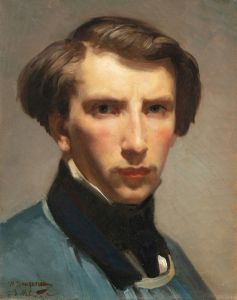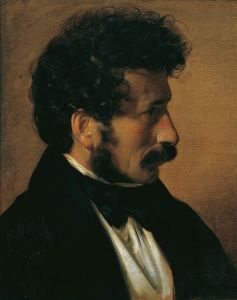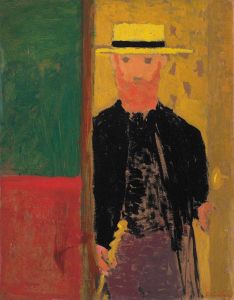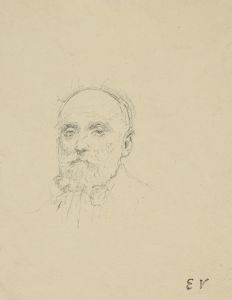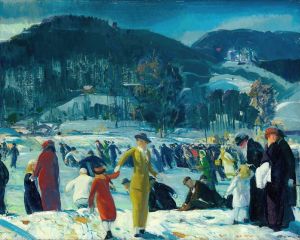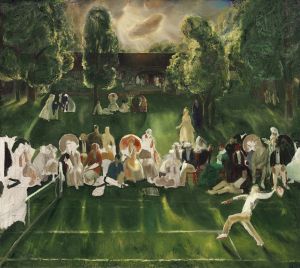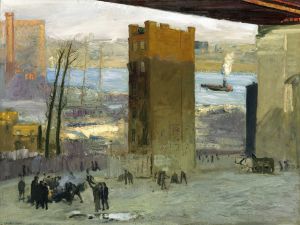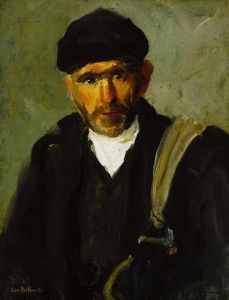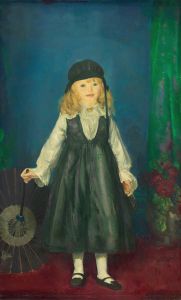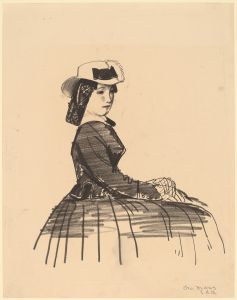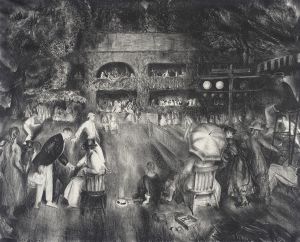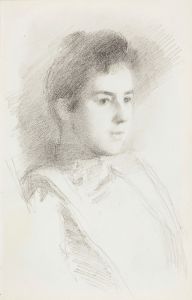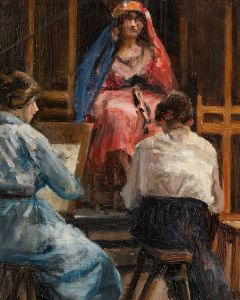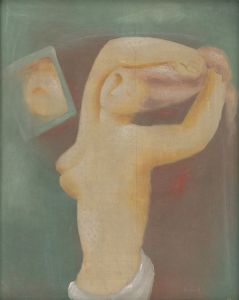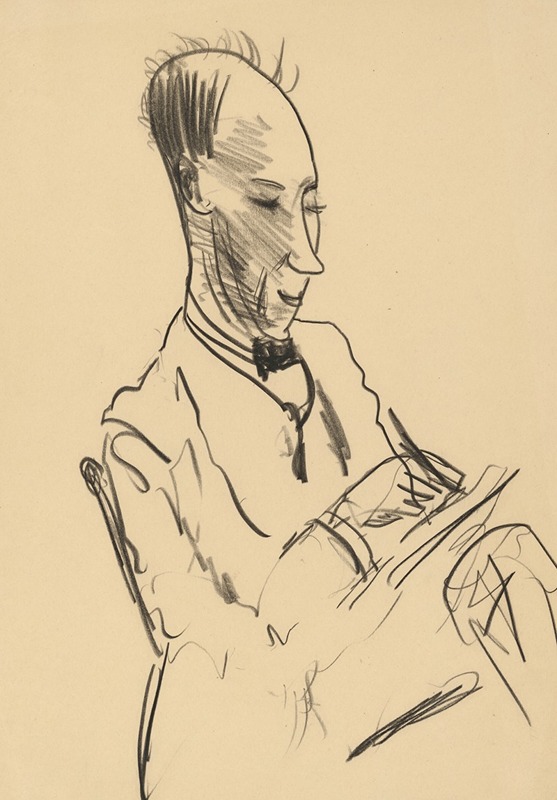
Self-Portrait
A hand-painted replica of George Wesley Bellows’s masterpiece Self-Portrait, meticulously crafted by professional artists to capture the true essence of the original. Each piece is created with museum-quality canvas and rare mineral pigments, carefully painted by experienced artists with delicate brushstrokes and rich, layered colors to perfectly recreate the texture of the original artwork. Unlike machine-printed reproductions, this hand-painted version brings the painting to life, infused with the artist’s emotions and skill in every stroke. Whether for personal collection or home decoration, it instantly elevates the artistic atmosphere of any space.
George Wesley Bellows (1882–1925) was an American realist painter known for his dynamic depictions of urban life in New York City and his powerful portraits. Among his works is a self-portrait that provides insight into his artistic style and personal vision. While Bellows is primarily celebrated for his vivid portrayals of the bustling city and its inhabitants, his self-portraiture offers a more introspective look at the artist himself.
Bellows was born in Columbus, Ohio, and later moved to New York City, where he became associated with the Ashcan School, a group of artists known for their focus on everyday life and urban scenes. His work often captured the raw energy and social realities of the early 20th century, making him a significant figure in American art.
The self-portrait by George Wesley Bellows is a testament to his skill and the introspective nature of his work. In this painting, Bellows employs a realist approach, characterized by meticulous attention to detail and a focus on capturing the essence of his subject—himself. The portrait reflects his mastery of color and form, as well as his ability to convey emotion and personality through his brushwork.
Bellows' self-portrait is notable for its composition and use of light. The artist presents himself with a direct gaze, engaging the viewer with an intensity that suggests both confidence and contemplation. The lighting in the portrait is carefully controlled, highlighting the facial features and adding depth to the expression. This use of light and shadow is a hallmark of Bellows' style, demonstrating his understanding of how these elements can enhance the emotional impact of a painting.
The background of the self-portrait is typically subdued, allowing the focus to remain on the artist's face and expression. This simplicity in the backdrop is a common feature in self-portraits, as it directs the viewer's attention to the subject without distraction. Bellows' choice of attire in the portrait is often understated, reflecting his focus on the face and expression rather than external adornments.
Bellows' self-portrait not only serves as a reflection of his technical prowess but also provides insight into his character and artistic philosophy. Through this work, viewers can gain an understanding of Bellows as both an artist and an individual, capturing a moment of self-reflection that transcends time.
Throughout his career, Bellows produced a number of self-portraits, each offering a different perspective on his evolving identity as an artist. These works collectively contribute to the understanding of his development and the personal significance he placed on self-representation.
In summary, George Wesley Bellows' self-portrait is a significant work that exemplifies his realist style and introspective approach to art. It highlights his technical skill, particularly in the use of light and composition, and offers a glimpse into the artist's personal world. As with many of his works, the self-portrait stands as a testament to Bellows' contribution to American art and his enduring legacy as a painter who captured the essence of his time.





